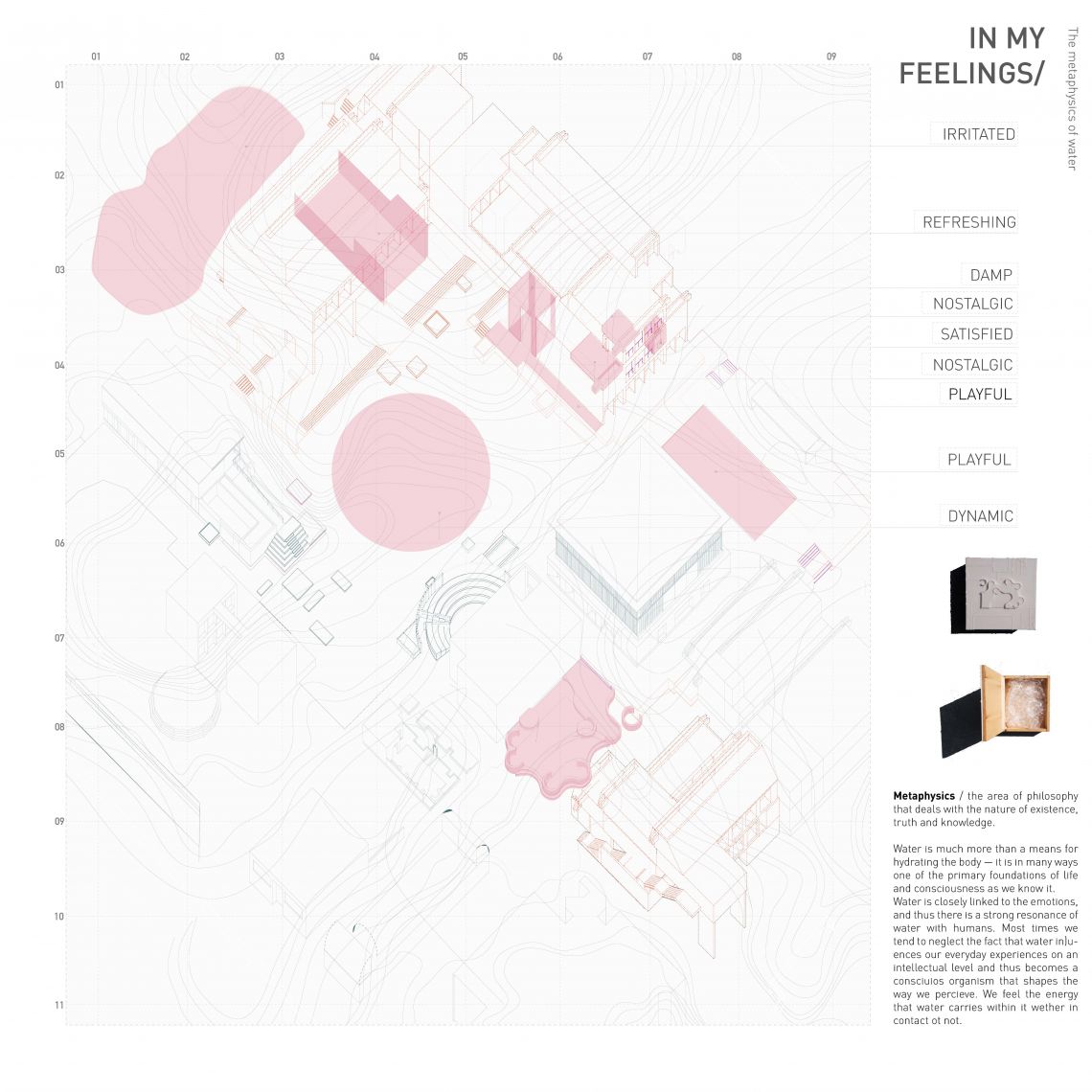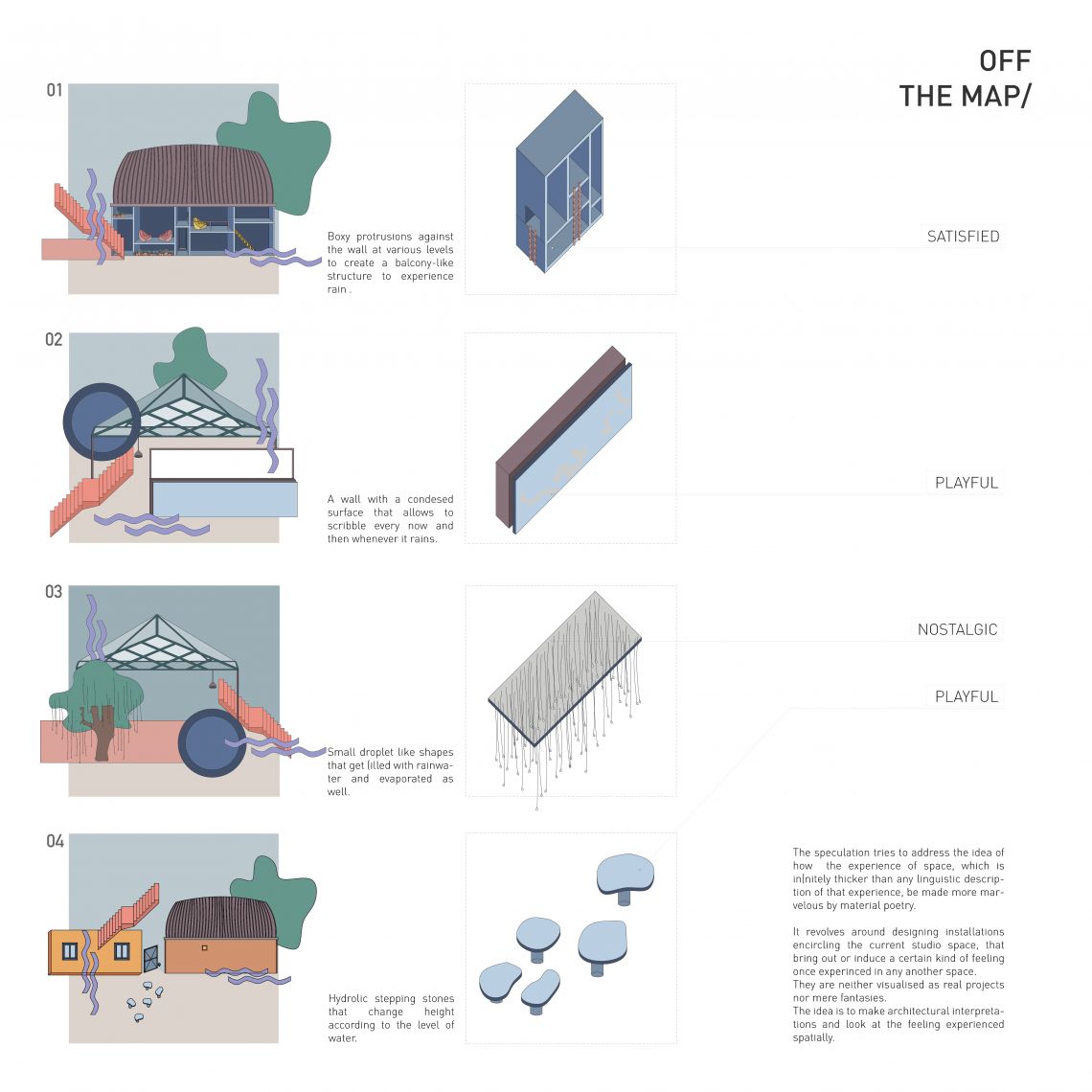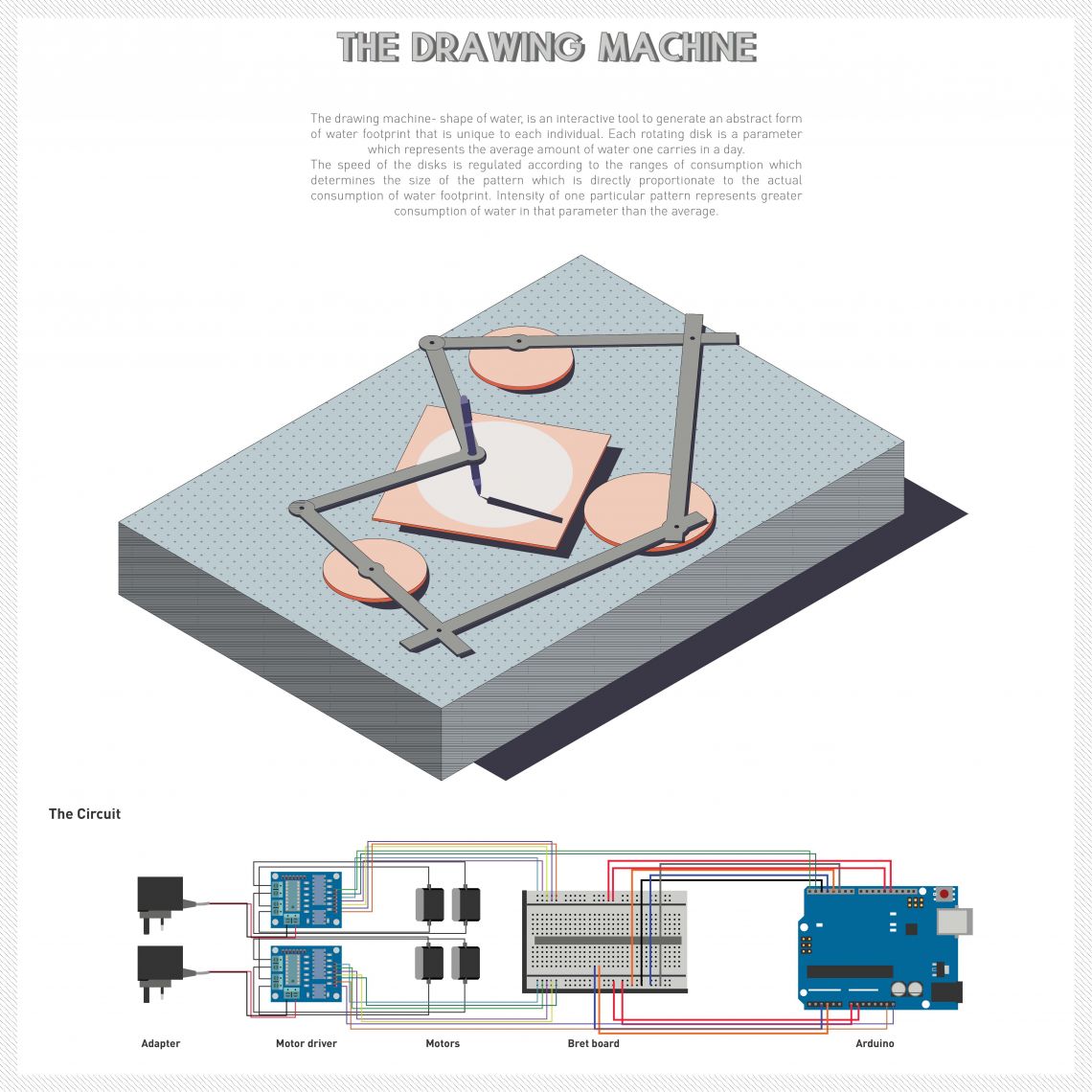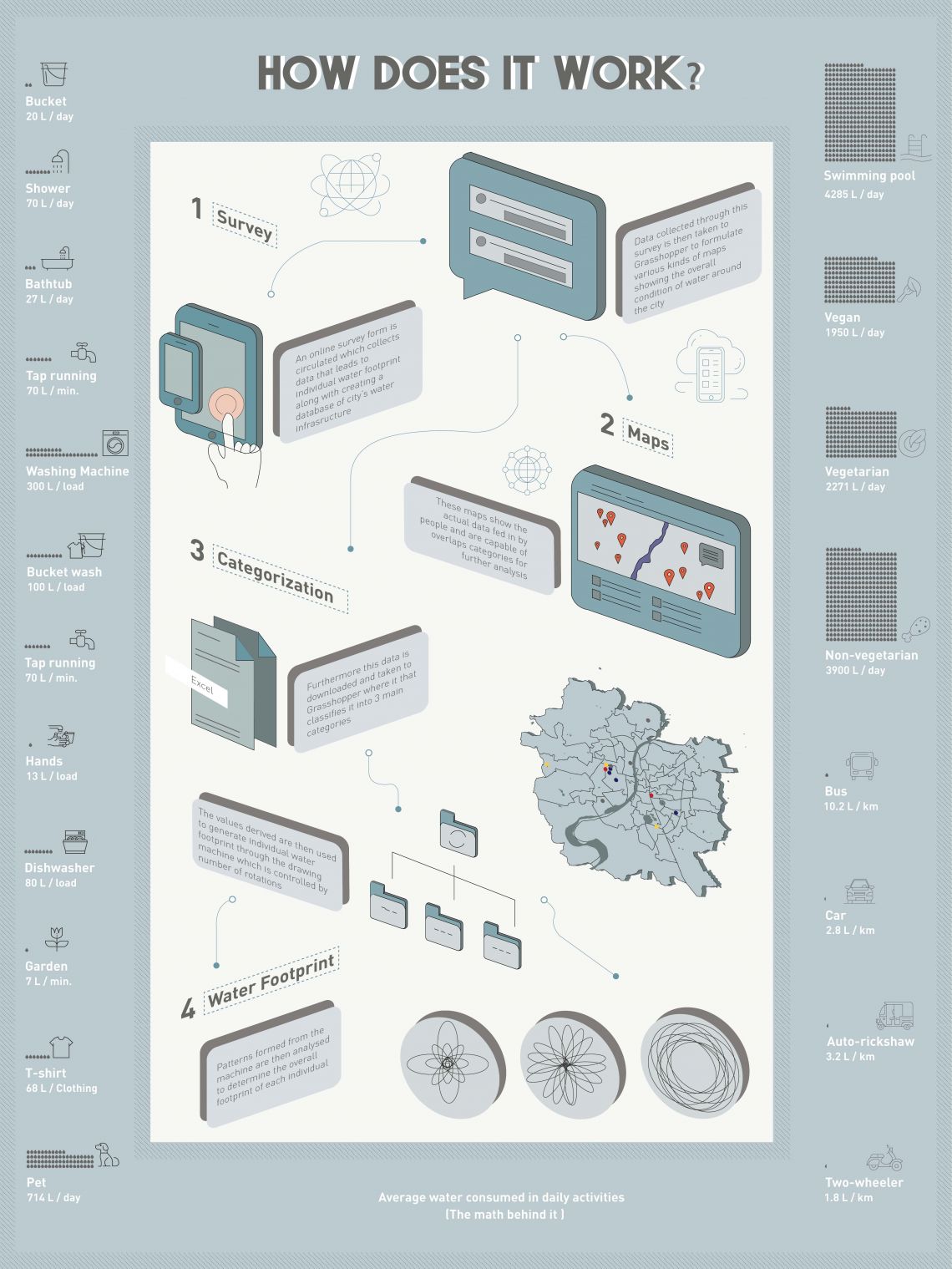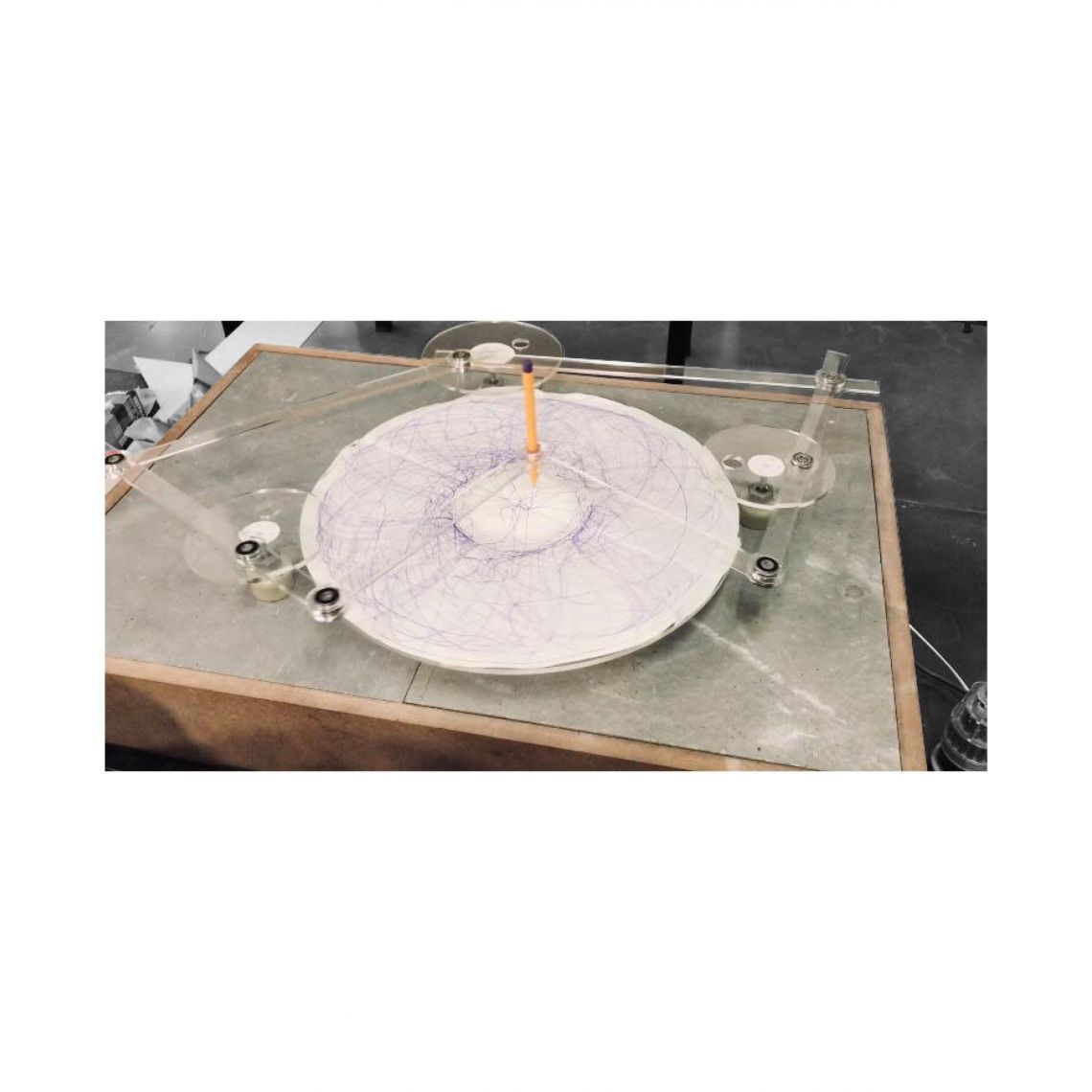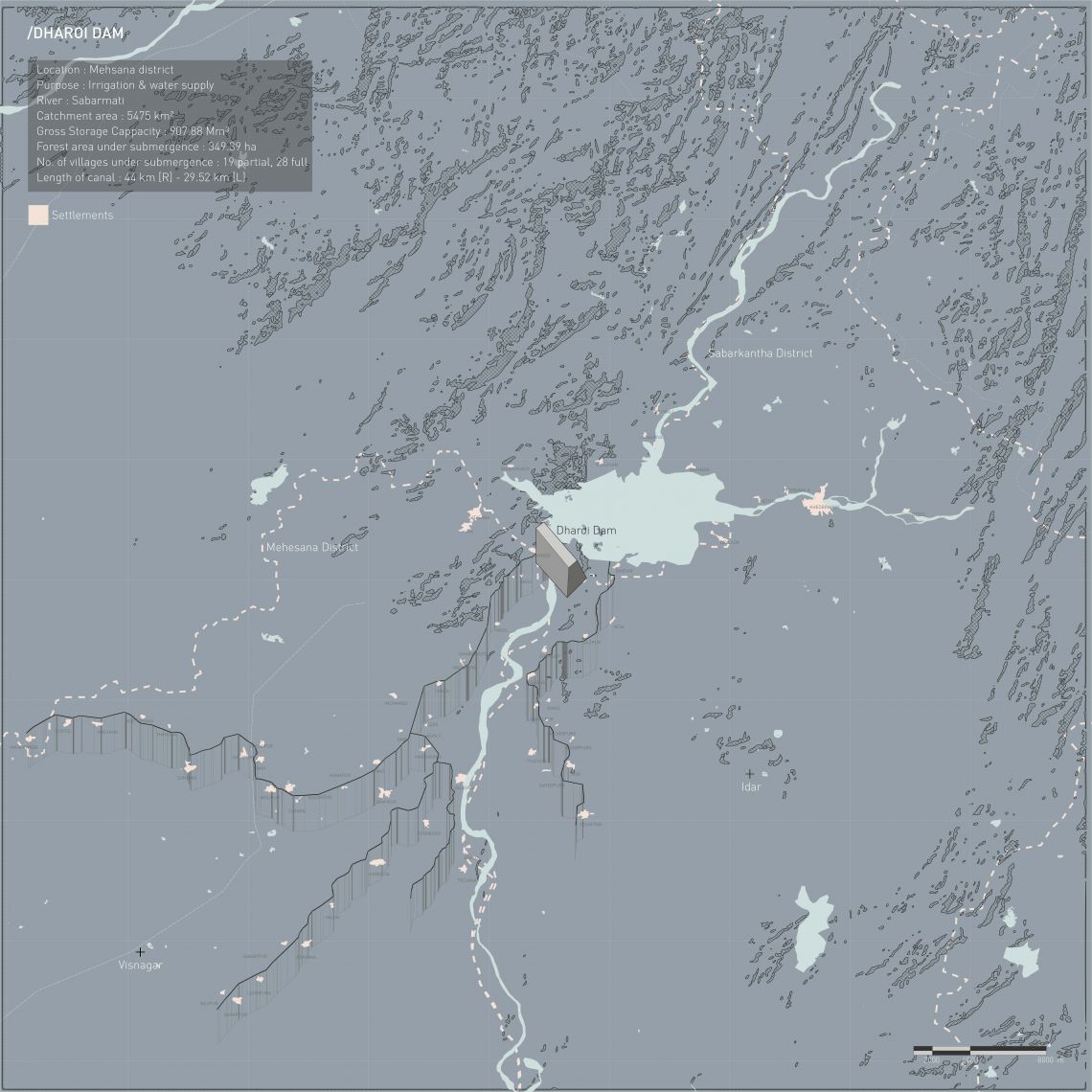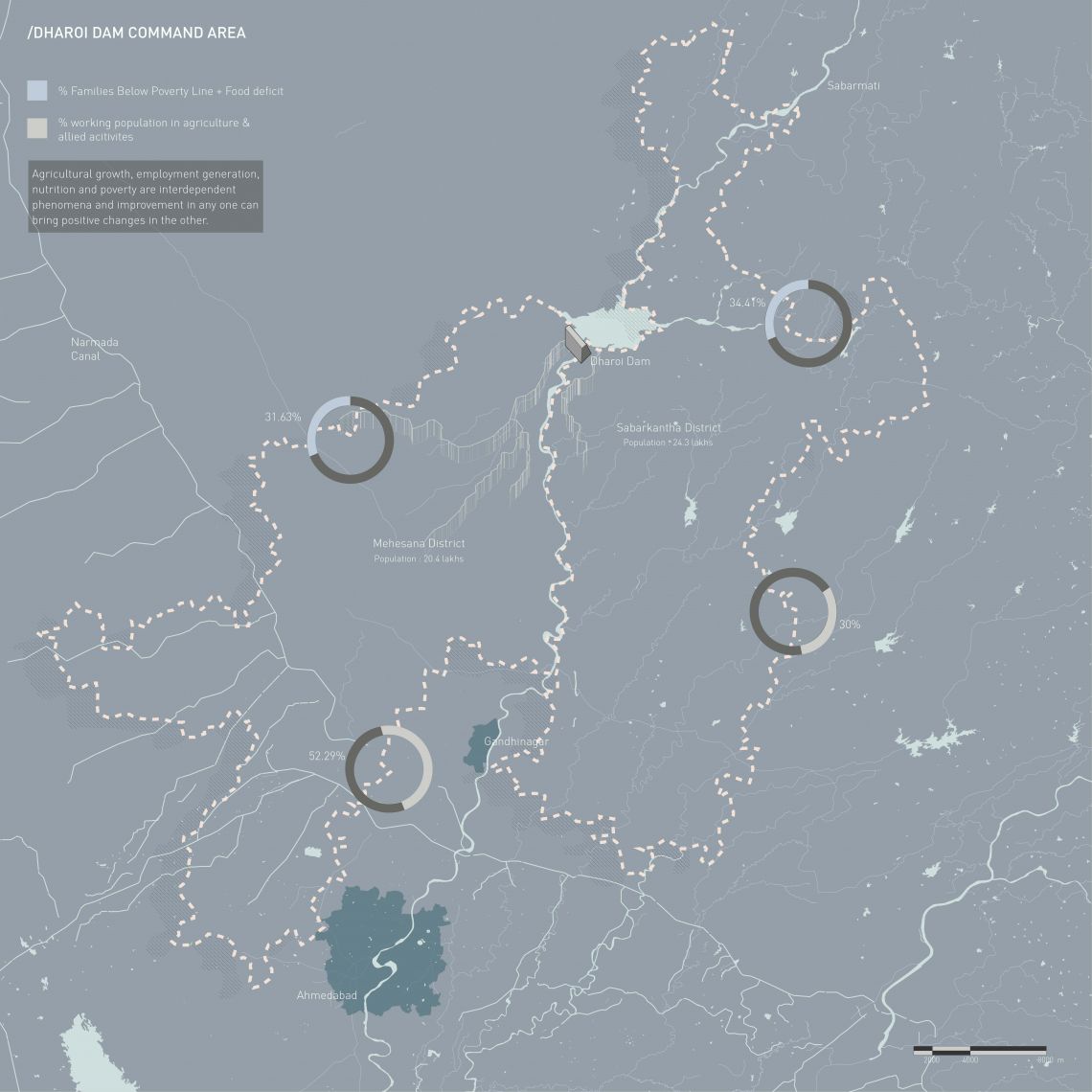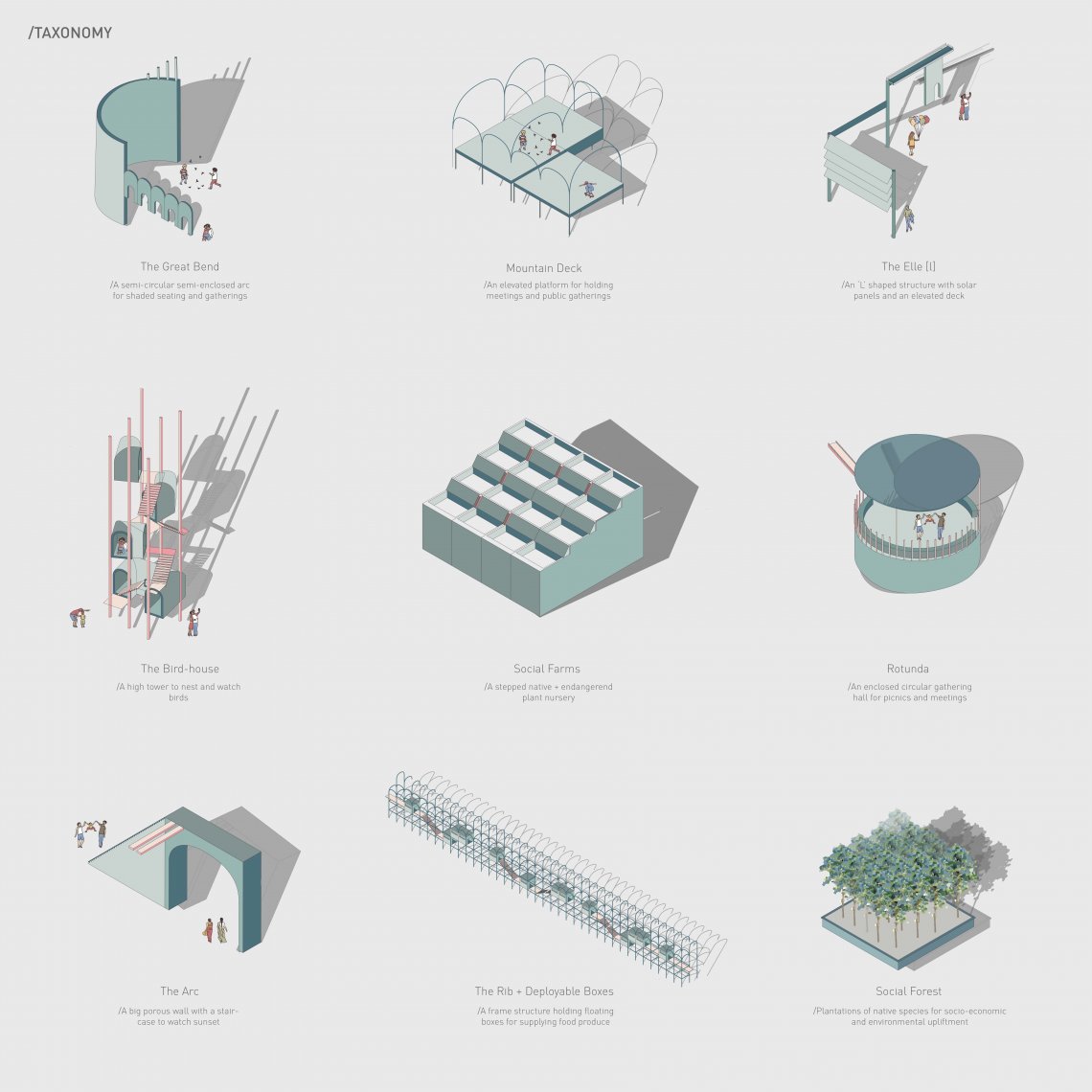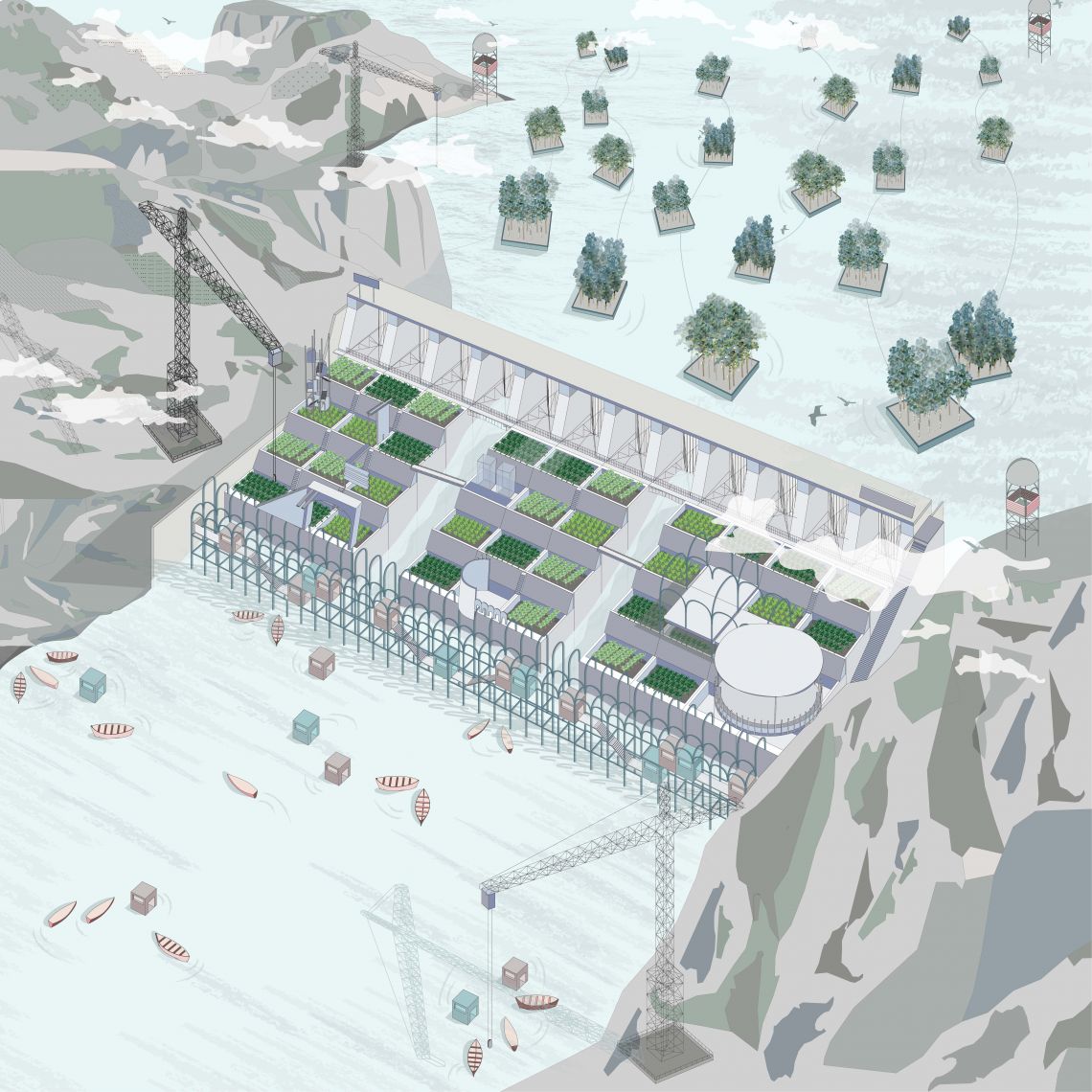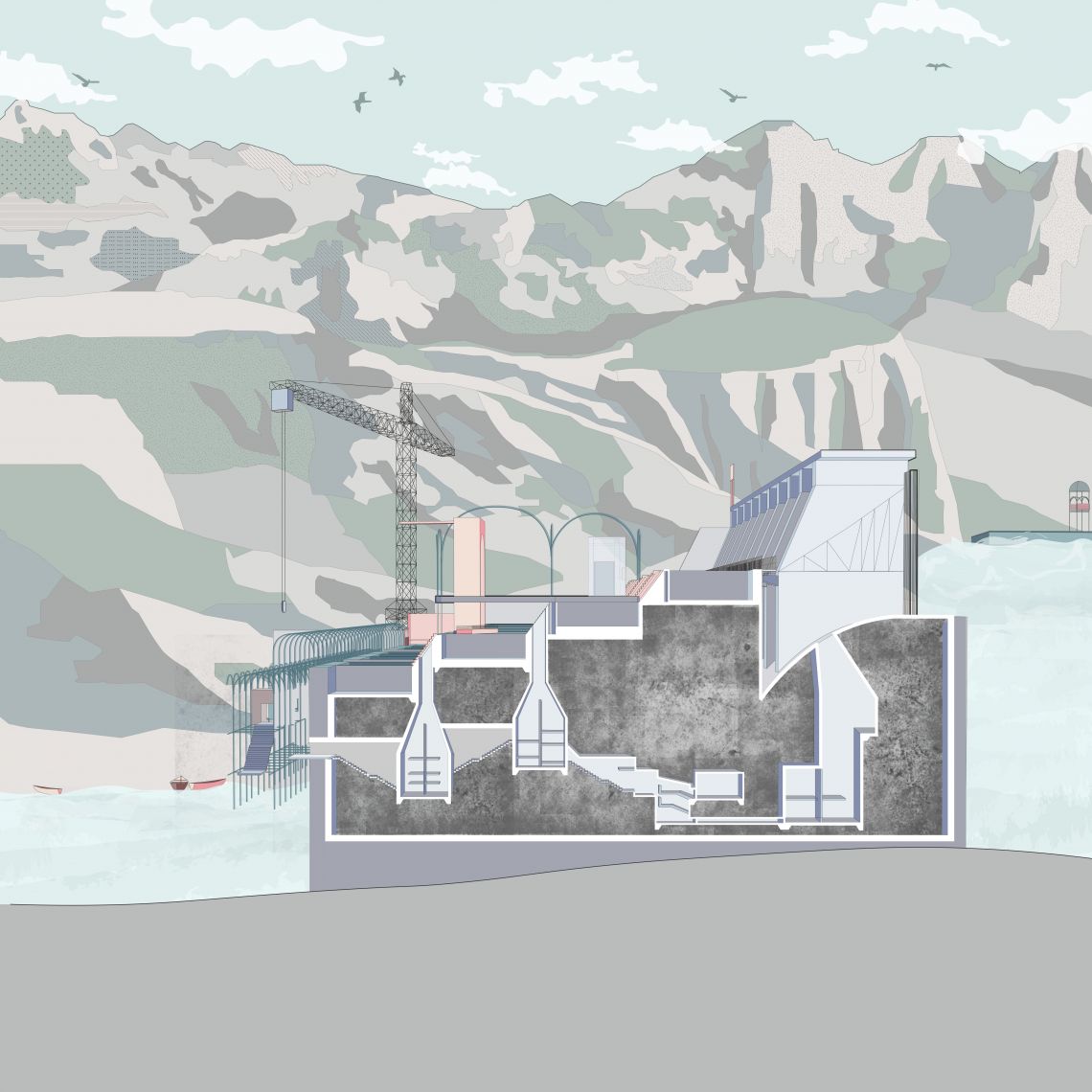Your browser is out-of-date!
For a richer surfing experience on our website, please update your browser. Update my browser now!
For a richer surfing experience on our website, please update your browser. Update my browser now!
IN MY FEELINGS / is an investigation of the campus through the lens of water and situate the interpretation through subjective cartographies. Based on the readings of the campus, a speculation is presented. Driven by personal intuition and interest, new realities, or provocations are imagined, related to water within and around the campus.
THE SHAPE OF WATER / “Water has achieved an invisibility in our lives that is more remarkable given how central
it is.” - Charles Fisherman, The Big ThirstWe believe that all water problems are local, but the consequences, the damage and the costs are anything but local. The project aims at taking a step towards comprehensive data collection at city scale as well as spreading awareness among citizens about their impact on the overall consumption of water by generating a unique water footprint for each individual that represents an abstraction of how much water you carry with yourself.
BRIDGE OVER TROUBLED WATER / is a critique on the increasing dependency on dams as sources for water and energy. As paradoxical as it sounds, what would’ve it been like, if dams weren’t built for the sole purpose of managing water? What if, after they are ‘abandoned’, have an added purpose of serving to the public by becoming more diverse and dignified spaces for inhabitation, taking a step towards becoming more ‘serviceable pyramids’ of our contemporary cities.
